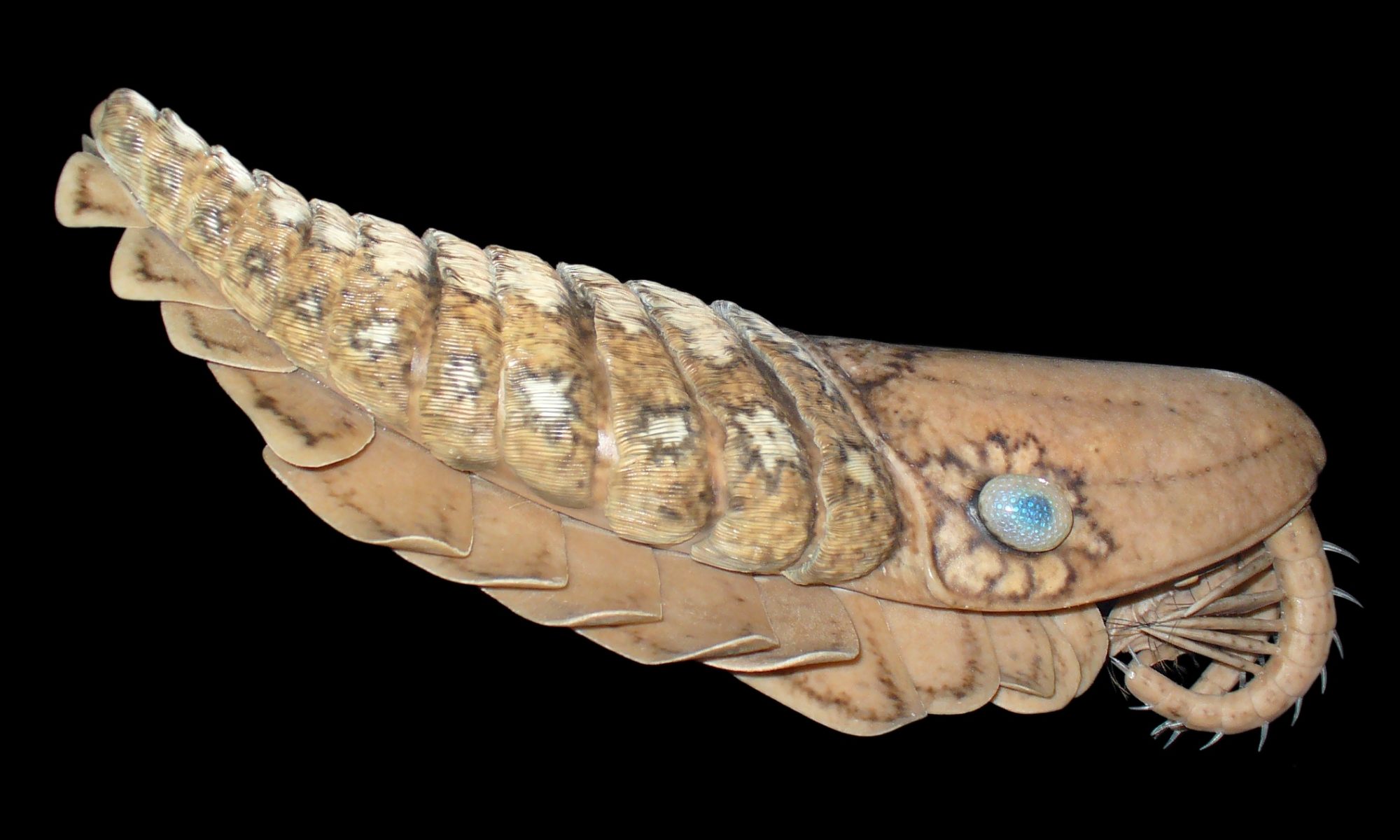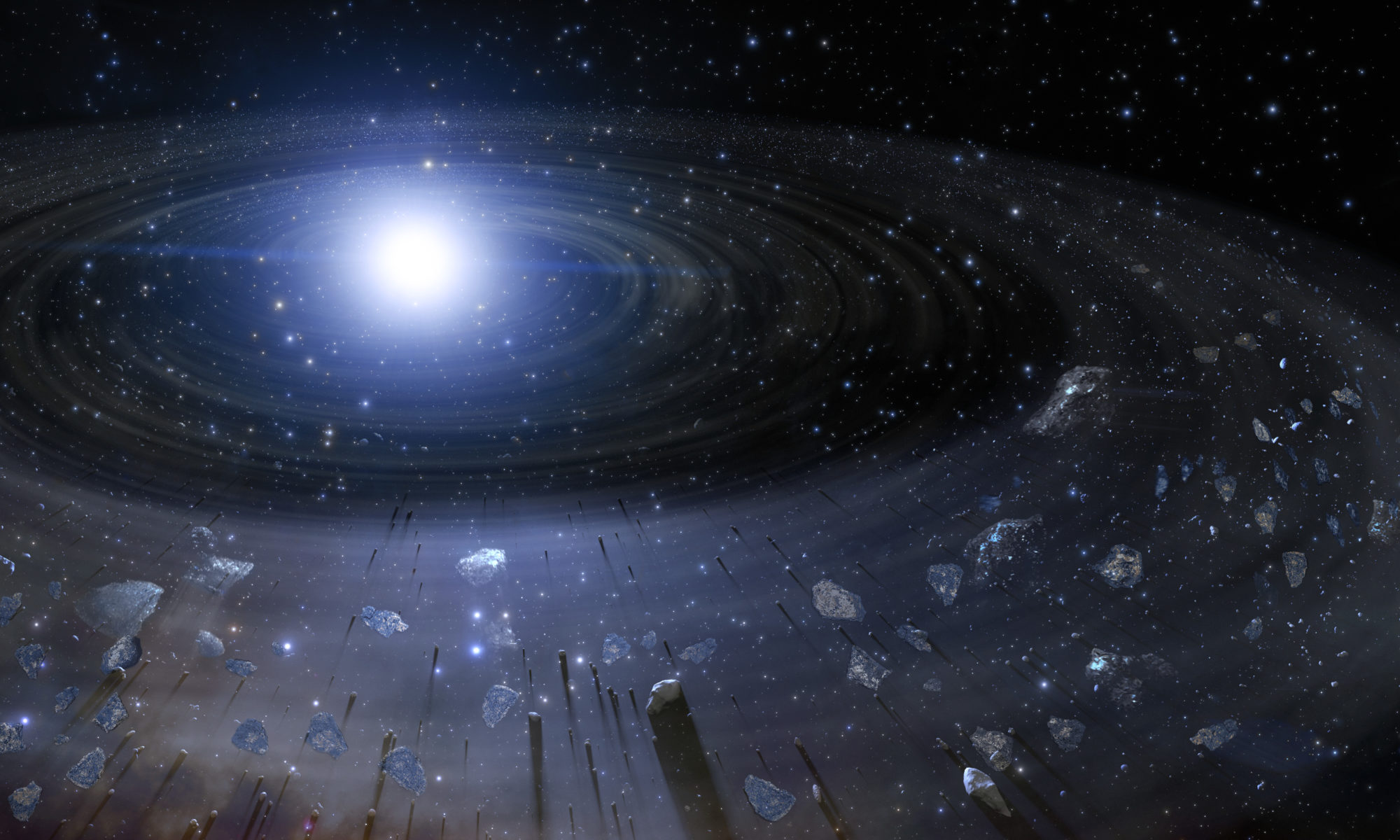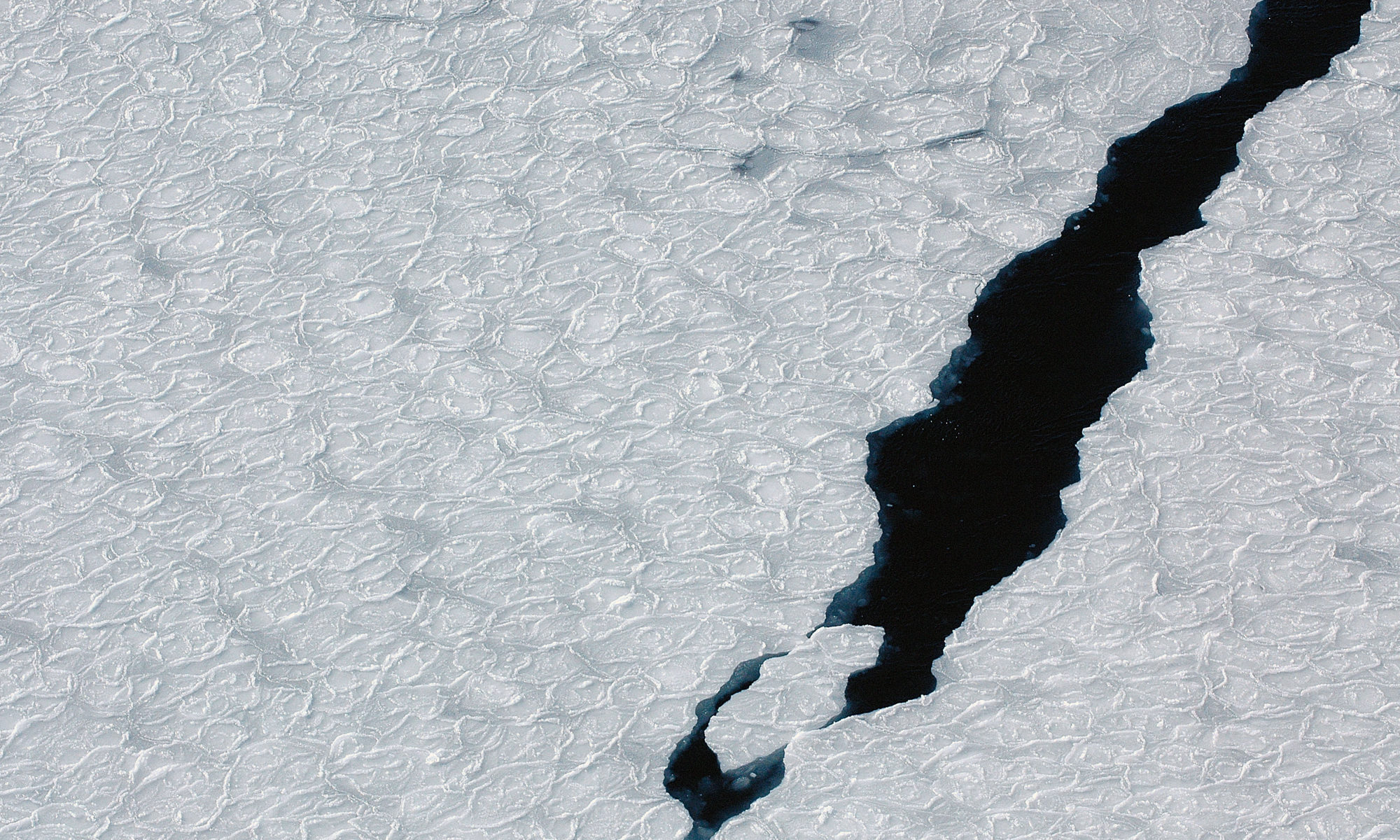Featuring image: Life on during the Ordovician period looked very different then today. Animals like anomalocarididaes were very common, but many species vanished at the end of the Ordovician. A new study sheds light on the first mass extinction event. Model created by Espen Horn, photo: H. Zell, Creative Commons (CC BY-SA 3.0).
Authors: N. P. Kozik, B. C. Gill, J. D. Owens, T. W. Lyons and S. A. Young
As mountains rise and continents fall apart, it not only changes the face of the Earth, but also drastically affects its inhabitants.
Earth’s biosphere was disrupted by several mass extinction events, often connected to great changes in large geologic cycles. These times of great disasters were also a chance for pioneers and led to great evolutionary leaps. A new study suggests that the oldest of the known major mass extinctions during the Ordovician was caused by a change in climate and the ocean’s circulation system.
Continue reading “The first mass extinction”









